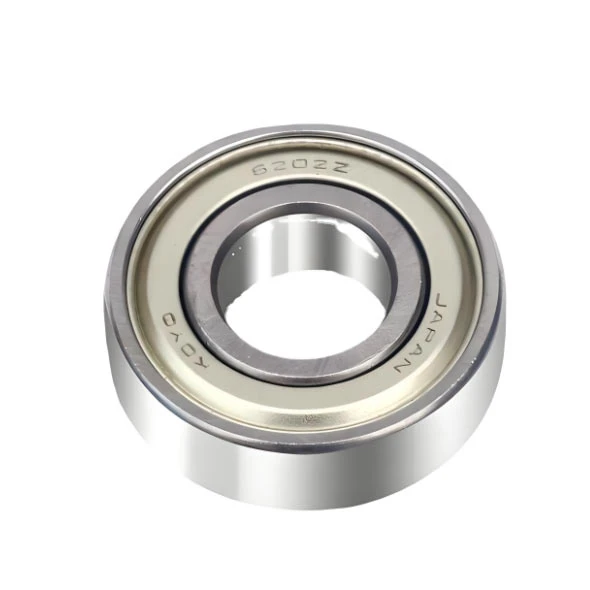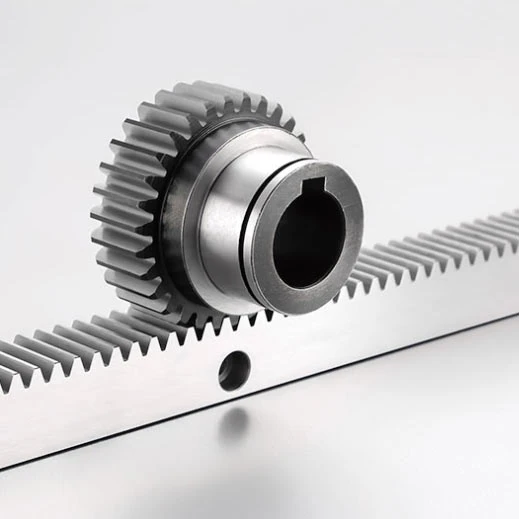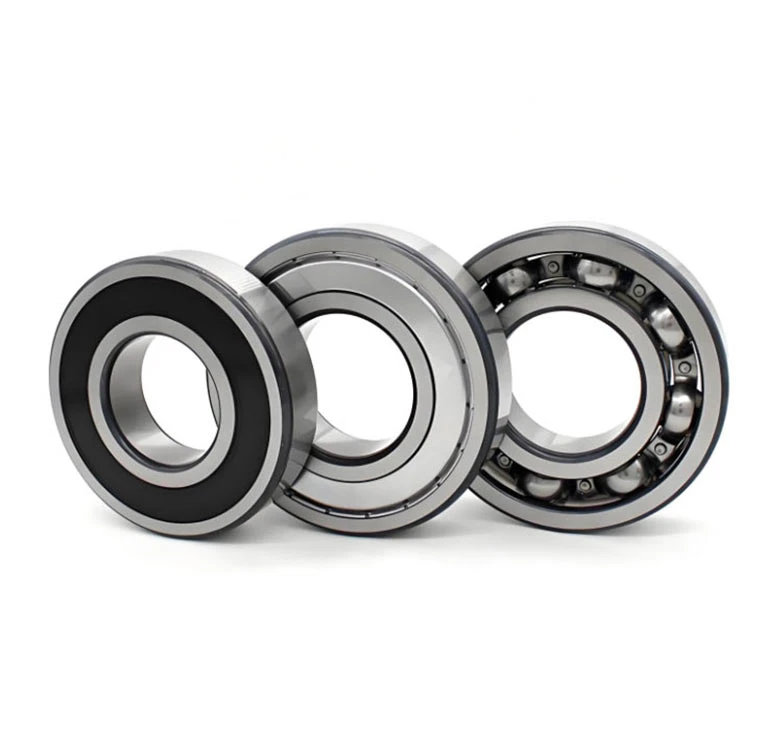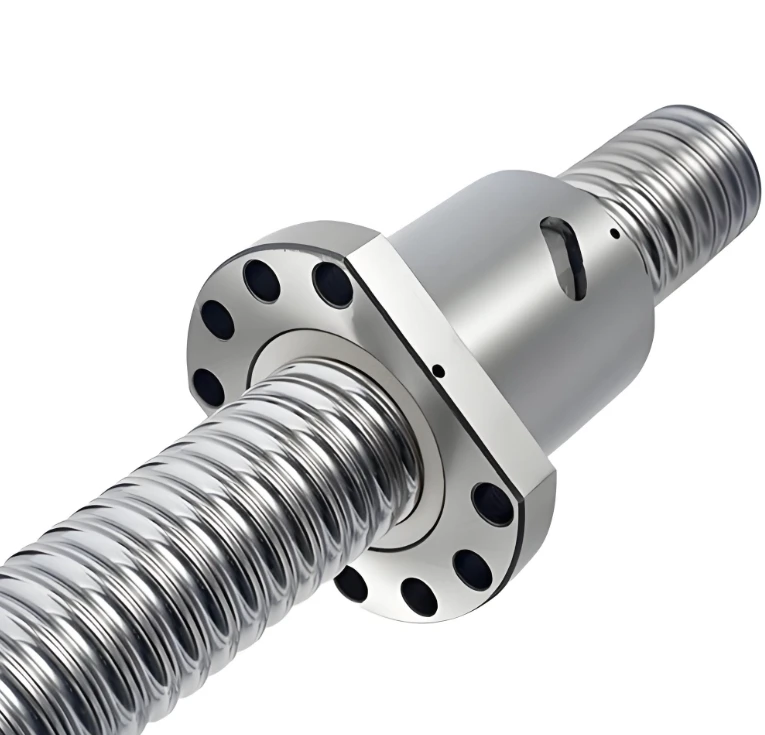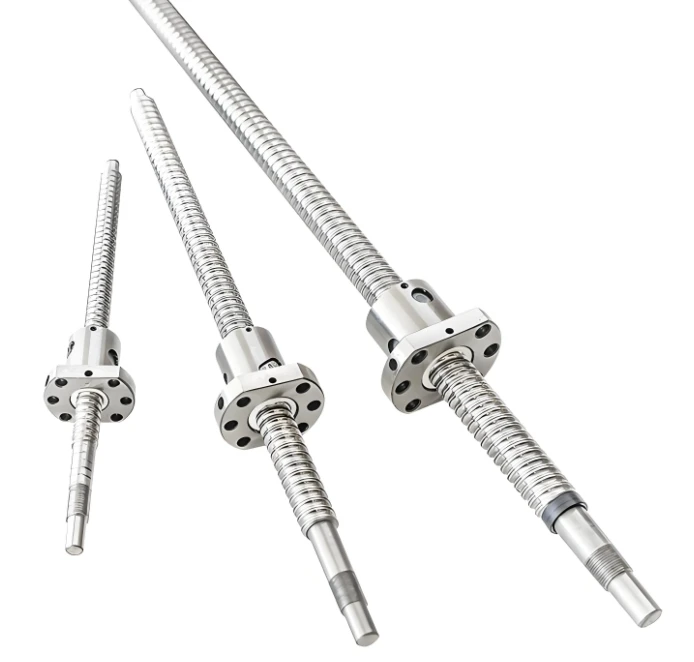- Introduction: Significance of Ball Screw 3000mm
- Technical Advantages of Long Ball Screws
- Comparative Analysis: Ball Screw 3000mm vs Linear Rail 3000mm
- Manufacturer Comparison Table
- Tailor-Made Solutions and Customization Options
- Application Scenarios and Case Studies
- Conclusion: Elevating Precision Engineering with Ball Screw 3000mm
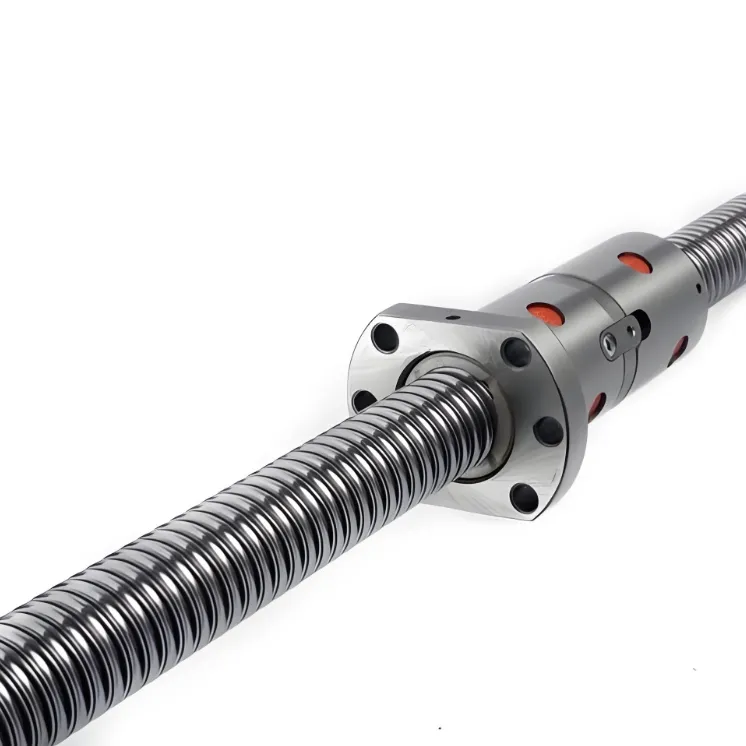
(ball screw 3000mm)
Introduction: The Role of Ball Screw 3000mm in Industrial Automation
Over the past decade, the demand for extended-length linear motion components has surged across a spectrum of industries, ranging from aerospace manufacturing to semiconductor fabrication. The ball screw 3000mm
, noted for its remarkable stroke and high precision, has become a go-to solution in systems requiring accurate linear movement over larger distances. According to a 2023 global survey on factory automation, 45% of integrators favor the use of ball screws over belts when stroke lengths exceed 2 meters, citing superior repeatability and load capacity. This component is often chosen where dynamic positioning and consistent thrust are critical, amplifying overall system efficiency. As production lines transition towards Industry 4.0, the 3000mm ball screw emerges as a critical component ensuring reliability and accuracy, all while supporting the integration of advanced motion controls.
Technical Advantages of Long Ball Screws
The surge in adoption of the ball screw 3000mm is not inadvertent. Technically, these long ball screws offer pronounced features over alternative motion systems. 3000mm ball screws can achieve axial repeatability up to ±0.01 mm, with dynamic load ratings often surpassing 10,000 N, depending on manufacturing quality and thread design. The screw’s rolling contact mechanism yields an energy efficiency of over 90%, minimizing heat generation and wear over time. Additionally, long ball screws mitigate deflection issues through advanced preloaded nut configurations and alloy steel shafts optimized for rigidity. Vibration and backlash—common drawbacks in trapezoidal screws or belt drives—are significantly reduced with precise ground ball tracks and multi-step assembly calibration. These benefits are further amplified during high-speed operations: ball screw systems can reach linear speeds approaching 2,000 mm/s, making them well-suited for rapid pick-and-place applications and long-travel CNC machinery.
Comparative Analysis: Ball Screw 3000mm vs Linear Rail 3000mm
It is essential to differentiate between ball screw 3000mm assemblies and linear rail 3000mm solutions, as each addresses unique requirements in linear motion. Ball screws translate rotational motion into linear displacement with high accuracy, while linear rails provide a stable guide for carriages under heavy, off-axis loads. Notably, ball screws are intended for applications that require both precise positioning and substantial (but not extreme) load-carrying capabilities. Meanwhile, linear rails can accommodate greater side loads but do not inherently provide actuation; they must be paired with screws, belts, or actuators for complete movement. The right choice depends on several factors such as travel precision, load requirements, installation space, and maintenance preferences. For in-depth clarity, the table below summarizes essential metrics for both systems, enabling informed decision-making.
Manufacturer Comparison Table
Selecting an optimal 3000mm ball screw or linear rail involves comparing specifications and brands recognized for quality and performance consistency. Below is a snapshot comparing representative models from leading manufacturers based on crucial parameters such as dynamic load rating, maximum speed, repeatability, price range, and average delivery lead-time, as referenced from their official datasheets (2023):
| Brand / Model | Type | Dynamic Load (N) | Max Linear Speed (mm/s) | Repeatability (mm) | Typical Price (USD) | Lead Time (weeks) |
|---|---|---|---|---|---|---|
| THK BNFN3210-3 | Ball Screw 3000mm | 12,800 | 1,800 | ±0.008 | 980~1,240 | 4-8 |
| HIWIN R32-10 | Ball Screw 3000mm | 11,600 | 2,000 | ±0.010 | 750~1,050 | 5-7 |
| Rexroth KGT 32-5 | Ball Screw 3000mm | 13,250 | 1,600 | ±0.011 | 1,020~1,300 | 7-10 |
| THK SHS30 | Linear Rail 3000mm | 24,000 | N/A | ±0.05 | 410~590 | 3-6 |
| HIWIN HG30 | Linear Rail 3000mm | 23,500 | N/A | ±0.06 | 390~520 | 3-6 |
Maximum moment load on carriage. Linear rails require external actuation.
Tailor-Made Solutions and Customization Options
While standard ball screw 3000mm assemblies cover the majority of industrial needs, specialized applications often demand bespoke configurations. Customization may involve unique nut geometries, preloading classes, specific end machining for compatibility with proprietary couplings, or advanced materials such as stainless alloys for corrosive environments. Manufacturers offer a breadth of options, from hollow-core screws for reduced inertia to special pitch variations for optimal velocity-precision ratios. Anti-backlash double nuts, integrated sensors for real-time diagnostics, and precision-ground miniature profile rails can be engineered per client requirements. For example, a semiconductor tool builder may specify a ball screw with double-ended supports and simultaneous dual-nut preload in a low-outgassing configuration for cleanroom use, while an automotive assembly integrator might require specialized lubrication systems for continuous operation cycles exceeding 25,000 km of travel. It is these tailored solutions that allow for near-perfect alignment with the performance envelope of almost any automated process.
Application Scenarios and Case Studies
The practical deployment of a 3000mm ball screw stretches across a diverse set of use-cases. In electronics assembly, for instance, precision gantry robots utilize extended ball screws to achieve micron-level alignment over spans of up to 3 meters, greatly enhancing throughput. In precision woodworking, five-axis CNC routers rely on the length and accuracy of ball screws for both cutting and surfacing large panels, reducing dimensional error rates below 0.015%. Automotive manufacturers employ ball screw 3000mm systems in servo-driven transfer lines, leveraging their high load capacity and repetition accuracy to automate tasks like chassis welding and component insertion. Notably, a 2022 case study observed that integrating long ball screws in medical imaging device assembly lines—where precise carriage movement is indispensable—resulted in 27% higher system uptime and a 19% reduction in regular maintenance costs compared to previously used belt drives. These real-world examples establish ball screw and compatible linear rail solutions as the backbone of globally competitive production infrastructure.
Conclusion: Driving Precision and Efficiency with Ball Screw 3000mm
The ball screw 3000mm remains pivotal to scaling up precision automation, whether in advanced manufacturing, materials processing, or high-throughput assembly lines. With superior accuracy, adaptability, and reliability, these extended ball screws and their supporting linear solutions offer an upgrade path to future-proofing any motion-driven system. By drawing from precise technical benefits, reliable manufacturer options, and custom-engineered configurations, decision-makers can drive transformative productivity and achieve measurable competitive advantages. Incorporating the right long-travel linear motion system is not only about meeting present demands but ensuring scalability, precision, and minimal downtime into the future.
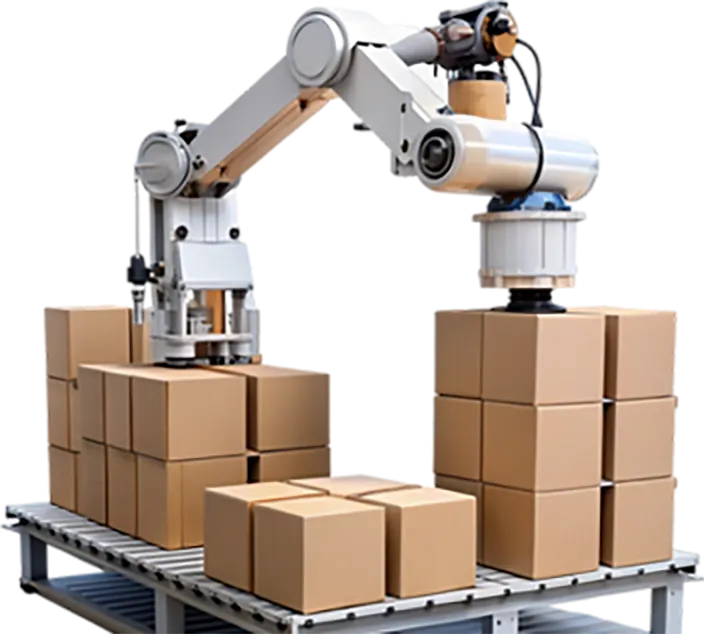
(ball screw 3000mm)

